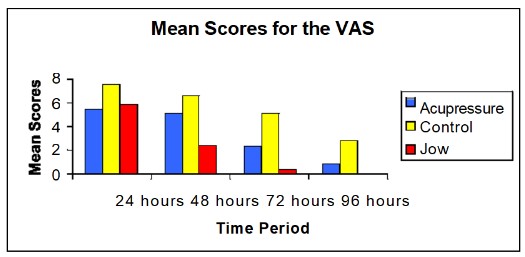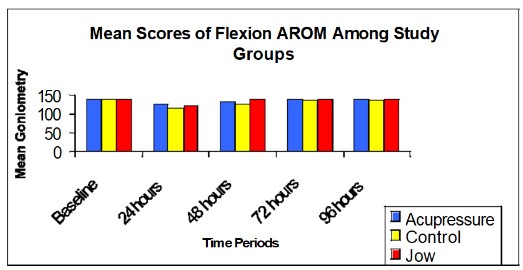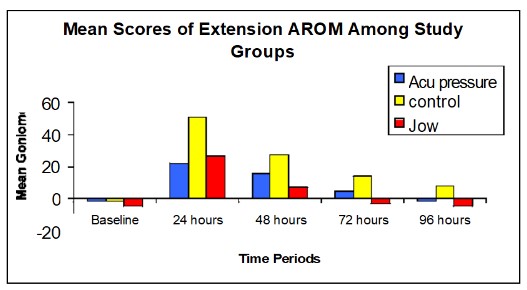The Chinese monks and nuns throughout the history of China and the martial arts have used dit-Da-Jow or “Remove the Injury Wine” for centuries. If it were not for the use of Dit-Da-Jow many would have sustained life threading injuries due to martial arts training being very hard on the body.
When making Dit-Da-Jow, I learned a few basic rules, one of which being that the herbs MUST BE ground to a fine powder before adding in any liquid to the formula. The reason for this is that the liquid must have a chance to be exposed to as much of the herbs as possible, usually on average 95 to 100% exposure. If the herbs are left on a raw state they will have minimal contact to the liquid, and the Dit-Da-Jow will be weak and not very good, but if you grind the herbs the Dit-Da-Jow will we strong and good.
Many peoples first mistake in making Dit-Da-Jow is not grinding the herbs to a powder; this is because this process can take many days and takes a mortar and pestle or a high priced grinder. I developed a good technique to help in the grinding process:
Some people have talked about a “Extract” that can be made from the herbs, but a alcohol extract would be time consuming and really would not be as effective as just grinding the herbs down. The same people tend to think than an “extract” is better than the normal process but in reality would not benefit the user anymore. Liquid extracts are helpful when the herbs would be taken internally, by the means that the body would not have to break the powder down it could just absorb it immediately. In the case of Dit-Da-Jow the liquid is absorbed immediately due to epidermal transference, and starts working, extracting the formula would not help and in reality the process of grinding the herbs or just leaving them raw and adding liquid in itself is a form of extraction.
Many people have their own special Dit-Da-Jow formula’s, but what is the best liquid to use in Dit-Da-Jow ? Many use rubbing alcohol, Japanese Sake, or Vodka and these are all right to use. They tend to be less expensive but not the best for those that want good quality Dit-Da-Jow.
Most good quality Dit-Da-Jow should be made with Brandy, this will help to absorb in the area and help to bring out more of the properties of the herbs. Brandy is more expensive, but in the long run will make an excellent quality Dit-Da-Jow.
When using Dit-Da-Jow there are a few IMPORTANT rules.
Address correspondence to Diane M. Balutis, MS, ATC, 201 Carbaugh Rd,
Fayetteville, Pa 17222. Address e-mail to [email protected].
The primary purpose of this study was to determine if acupressure combined with dit da jow will relieve the pain associated with delayed-onset muscle soreness in less time than using acupressure alone or nothing at all.
This study used 6 male and 12 female (n=18) volunteers from the general population of students at California University of Pennsylvania. Subjects ranged in age from 18 to 28 years old. The subjects were physically active individuals and met the proper criteria for participation in the study.
For the purposes of this study, four instruments were used: the Biodex Dynamometer System and dumbbells in five pound increments from five to 20 pounds to induce delayed- onset muscle soreness (DOMS), the Visual Analog Scale (VAS) to measure perceived pain, a tape measure to measure the girth of the upper arm for swelling and a goniometer to measure active range of motion. Also used in the study was Dit Da Jow made from a 2,000 year old Chinese recipe and various acu-points located on the extremities of the body.
To test the acceptability of all hypotheses, the alpha level was set at .05. A repeated measures ANOVA was used to examine the effects of treatment between and among the groups.
Hypothesis 1
Use of acupressure with dit da jow will reduce the pain associated with acute injury in less time than with the use of acupressure alone or no treatment at all.
Hypothesis 2
Use of acupressure with dit da jow will increase flexion active range of motion, limited during acute injury, in less time than with the use of acupressure alone or no treatment at all.
Hypothesis 3
Use of acupressure with dit da jow will increase extension active range of motion, limited during acute injury, in less time than with the use of acupressure alone or no treatment at all.
The Biodex dynamometer was set-up to isolate the elbow flexor group and to allow each subject movement through his/her available range of motion. An overlay screen display was used to motivate the subjects to perform with maximal effort. Exercise on the Biodex dynamometer was both concentric and eccentric with the speeds set at 90 degrees per second and 60 degrees per second, respectively. The Biodex dynamometer was visually inspected before each subject performed the required exercise for this study in order to insure accuracy and safety during the study.
Dumbbells were used to exhaust the biceps brachii completely. The subjects were asked to perform bicep curls starting with 20 pound dumbbells until momentary muscle failure followed immediately by 15 pound dumbbells until momentary muscle failure and so on, dropping the poundage by five pounds until reaching momentary muscle failure with the five pound dumbbell. Subjects did four sets of dumbbell bicep curls utilizing this drop set protocol.
Perceived pain was measured using a Visual Analog Scale. Subjects rated their pain on a line at a point between no pain and severe pain. A goniometer was used to measure the subjects’ pain free active range of motion.
The stationary arm was laid along the humerus with the axis at the lateral epicondyle of the humerus. The subjects were asked to flex the elbow until pain limited their ability to flex the elbow further. At this point a reading was taken. A tape measure was used to measure the girth of the upper arm, at the belly of the biceps brachii in order to measure for any swelling that may have occurred. Measurement was taken with the subject’s arm relaxed and hanging at the subject’s side.
Conclusions



Hypothesis 1 was supported.
A significant effect was found within periods (Wilks’ Lambda(3,13) = 79.37, P < .01) .
A significant effect was also found in period by group (Wilks’ Lambda(6,26) = 11.06, P < .01).
Hypothesis 2 was supported.
A significant effect was found within periods (Wilks’ Lambda(4,12) = 32.69, P < .01) .
A significant effect was also found in period by group (Wilks’ Lambda(8,24) = 5.43, P < .01).
Hypothesis 3 was supported.
A significant effect was found within periods (Wilks’ Lambda(4,12) = 13.22, P < .01) .
A significant effect was also found in period by group (Wilks’ Lambda(8,24) = 4.23, P < .01).